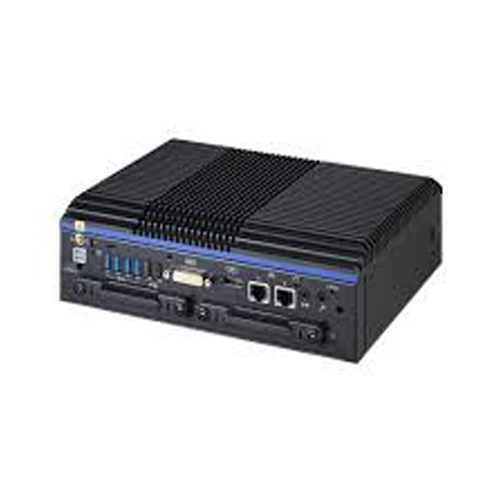Schedule a Call Back
An integrated approach to create a resilient supply chain
 Articles
Articles- Apr 05,24

Related Stories

India’s Expanding Nuclear Ambitions and the Emerging Market for Small Reactors
As India’s Vision 2047 sets a target of 100 GW of nuclear capacity, the government is shifting to distributed nuclear generation by deploying smaller reactors across multiple locations, writes R J..
Read more
ABB India Launches ACS380-E Drive for Future-Proof Industrial Automation
The ACS380-E drive will support all common rotary motor types across global voltage ranges (100–600 V) and will deliver superior motor control for applications such as packaging systems, conveyors..
Read more
TTTI Students Claim Top Honours at Janatics Automation Skill Challenge 2025
Toyota Kirloskar Motor (TKM) announced that their Technical Training Institute (TTTI) students bagged the first and second positions at the prestigious Janatics Automation Skill Challenge 2025.
Read moreRelated Products

Fanless Industrial Pc for Smart Manufacturing
CONTEC Launches BX-M4600 Series - Fanless Industrial PC for Smart Manufacturing.















